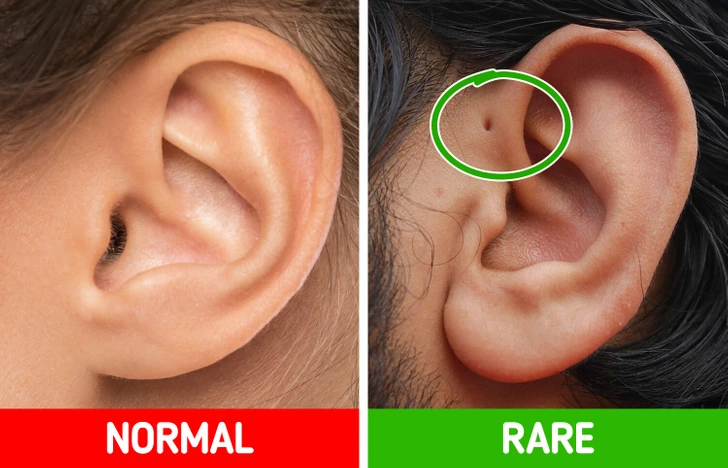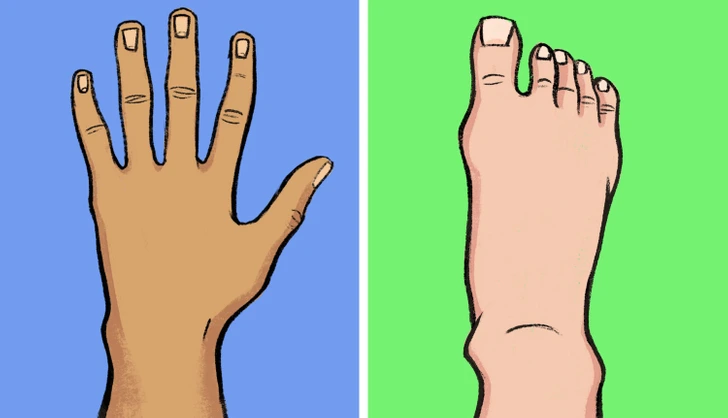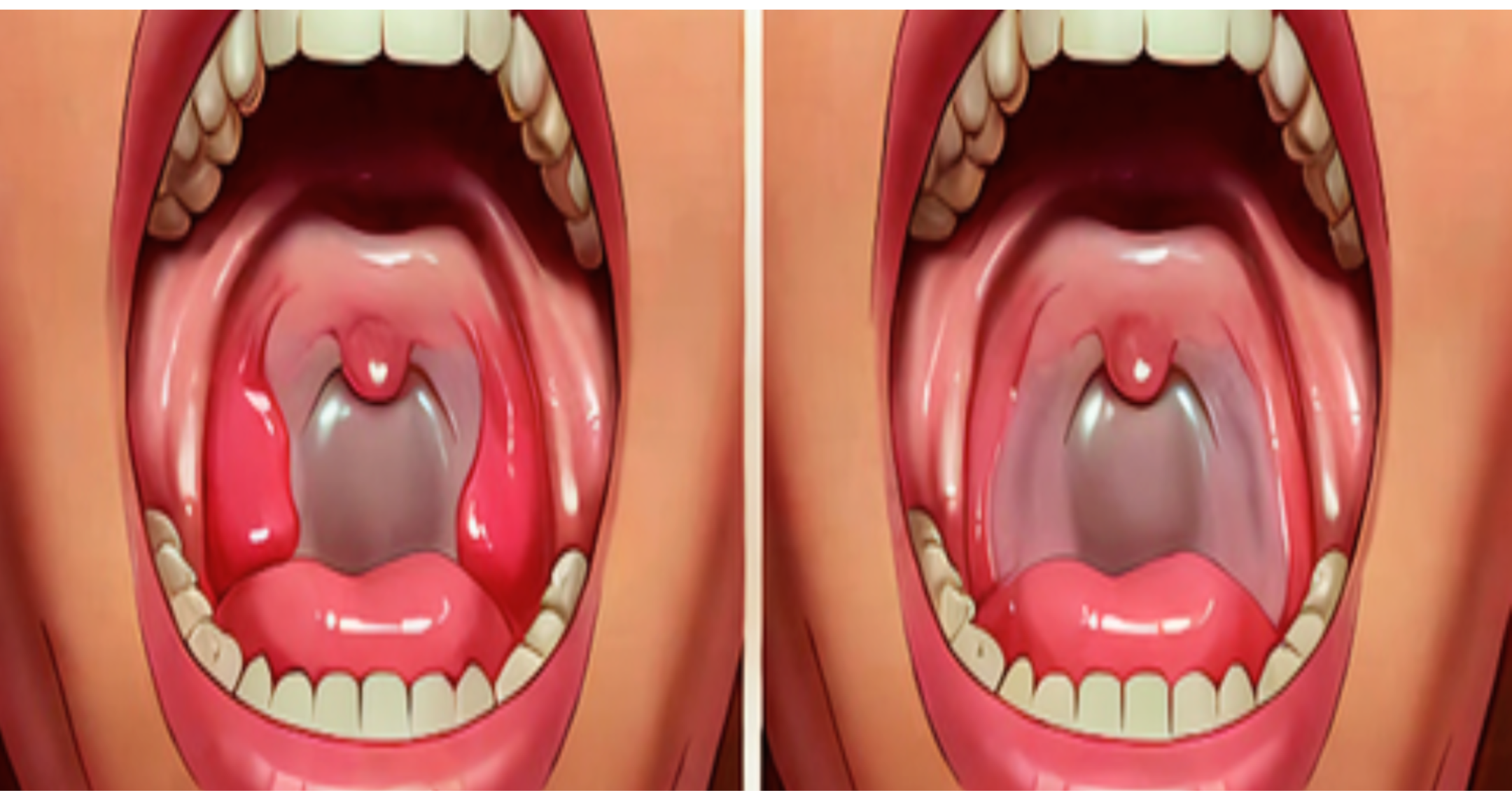Even with all the progress science has achieved, there are still many unexplored aspects of the human body. Recent discoveries, such as a new set of saliva-producing glands hidden behind the nose, show just how intricate and fascinating our bodies truly are. Many rare features are found only in a small fraction of people, highlighting the individuality and complexity of the human form.
1. A Small Hole Near the Ear

A tiny hole located near the ear, called a preauricular pit, is a rare congenital condition. It appears during early fetal development when the tissues forming the ear fail to fuse completely. This feature can occur on one or both sides but is more commonly found on the right.
Most preauricular pits are harmless, though in rare cases they can become infected.
2. Fingers and Toes Without Nails

Anonychia congenita is a rare genetic disorder where individuals are born without fingernails and/or toenails. In some cases, only a few nails are missing.
This condition occurs due to mutations affecting nail development during embryonic growth. Although nails serve a protective function, people with anonychia generally live healthy lives without major complications.
3. Constant Body Odor

Trimethylaminuria, sometimes referred to as “fish odor syndrome,” is an extremely rare metabolic condition affecting about 100 known individuals worldwide.
Normally, the body breaks down trimethylamine — a chemical with a strong fishy smell — into an odorless form. However, people with this condition cannot process it properly, leading to a persistent fishy odor in sweat, urine, and breath.
While not dangerous, the condition can cause significant social and psychological distress.
4. Extra Taste Buds

People known as supertasters are born with a higher density of taste buds. As a result, they experience flavors — especially bitter ones — much more intensely.
Common foods that may taste overwhelmingly bitter to supertasters include broccoli, Brussels sprouts, coffee, and dark chocolate.
Genetics largely determine this trait, and it is more common in women than in men. About 1 in 4 people are supertasters.
5. Seeing More Colors

Tetrachromacy is a condition where an individual has four types of cone cells in their eyes instead of the usual three.
Most humans perceive colors through cones sensitive to red, green, and blue light. Tetrachromats, however, can detect additional color shades invisible to others, creating a richer, more nuanced perception of the world.
Scientists estimate that around 12% of women might possess this ability, although many are unaware of it.
6. Unbreakable Bones
A rare genetic mutation called LRP5 strengthens bones significantly, making them unusually dense and resistant to fractures.
This mutation was first identified after a man survived a severe car crash without any broken bones in 1994.
Beyond strength, individuals with this mutation can continuously replace old bone minerals in response to mechanical demands, reducing the risk of osteoporosis later in life.
7. The Absence of Tonsils

Tonsils, located at the back of the throat, are part of the body’s immune system, helping to trap germs entering through the mouth or nose.
While most people’s tonsils shrink with age, sometimes they persist and can become chronically infected. In these cases, a surgical procedure called a tonsillectomy is performed to remove them.
Some people may also be born without tonsils, although this is extremely rare and usually has no health impact.
8. Excess Hair Growth
Hypertrichosis, often nicknamed “werewolf syndrome,” leads to excessive hair growth across large parts of the body or even the entire body. This condition can be congenital (present from birth) or acquired later in life.
The causes are not fully understood but are sometimes linked to genetic mutations or, in acquired cases, to certain diseases or medications. Globally, fewer than 50 cases have been recorded, making it one of the rarest medical conditions.
Source: nowiveseeneverything.club







